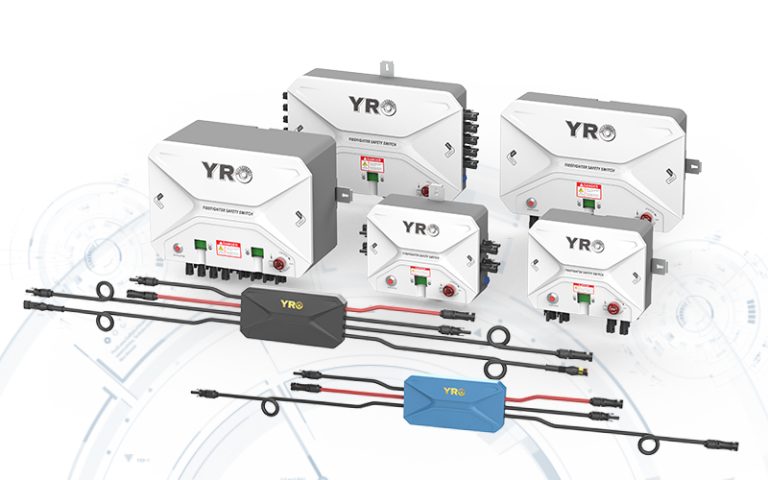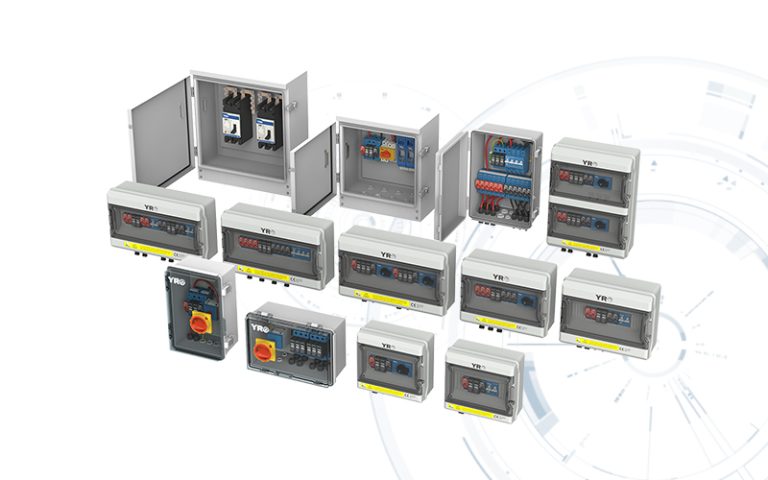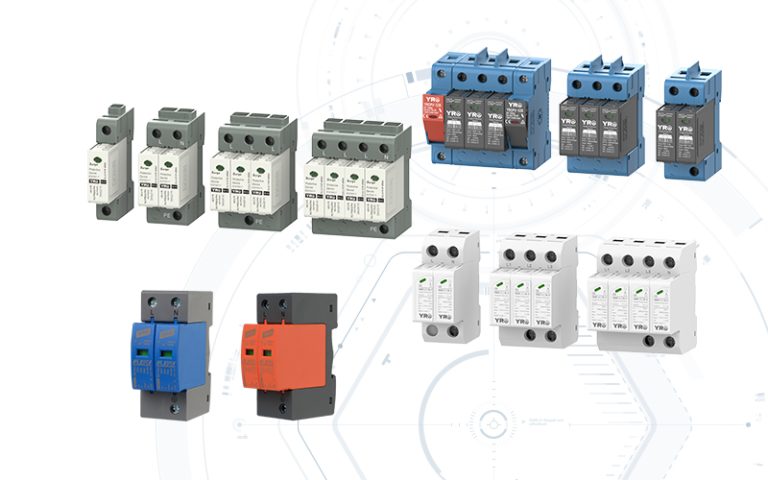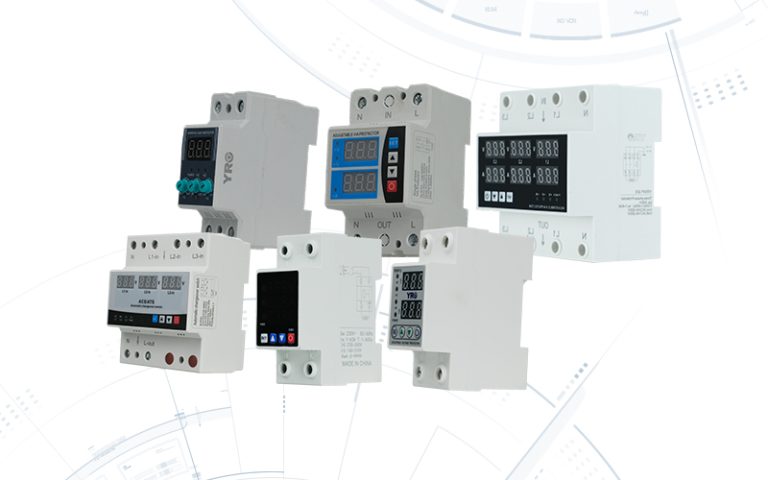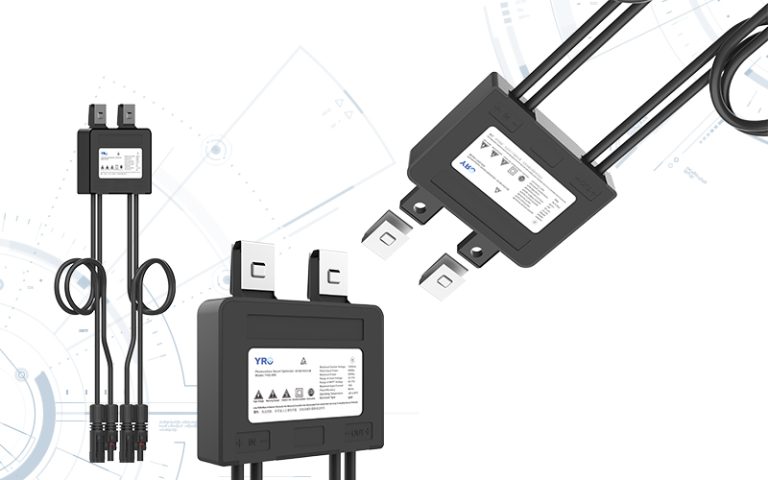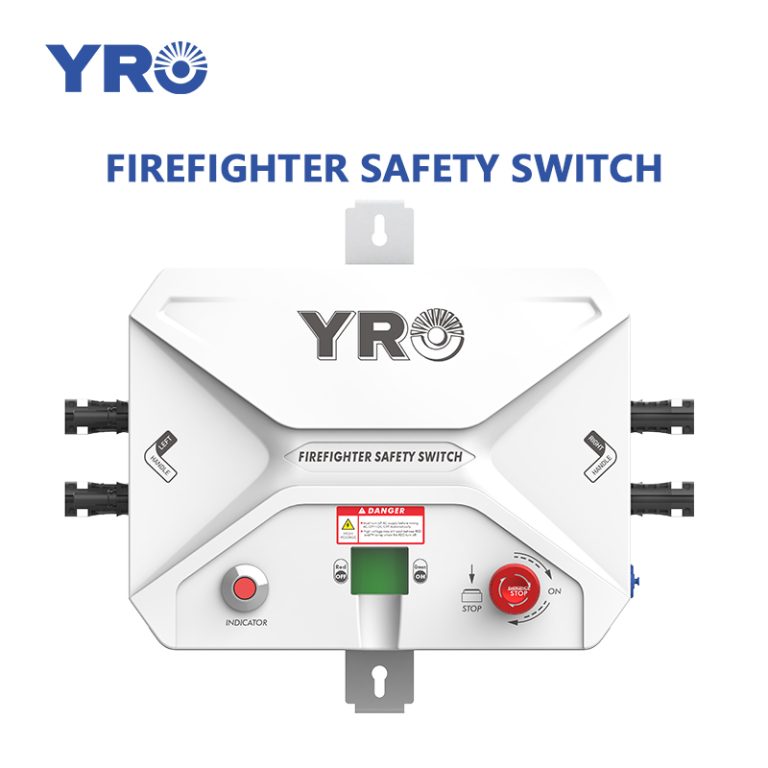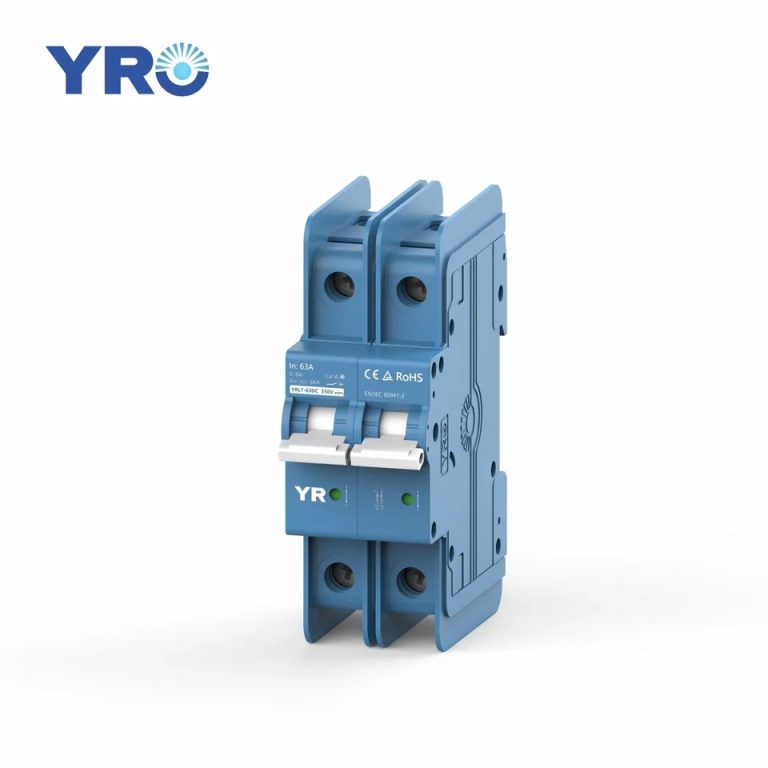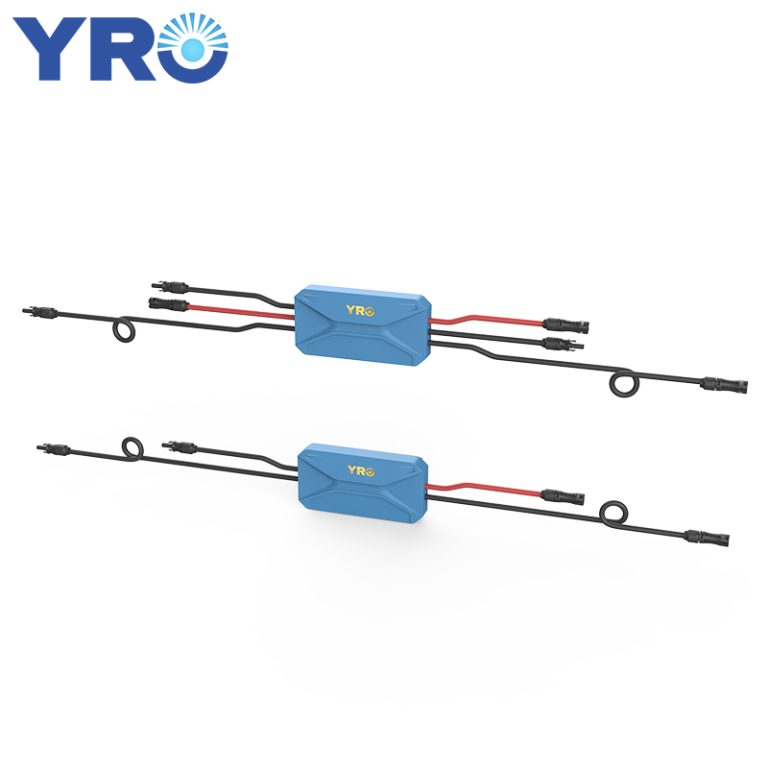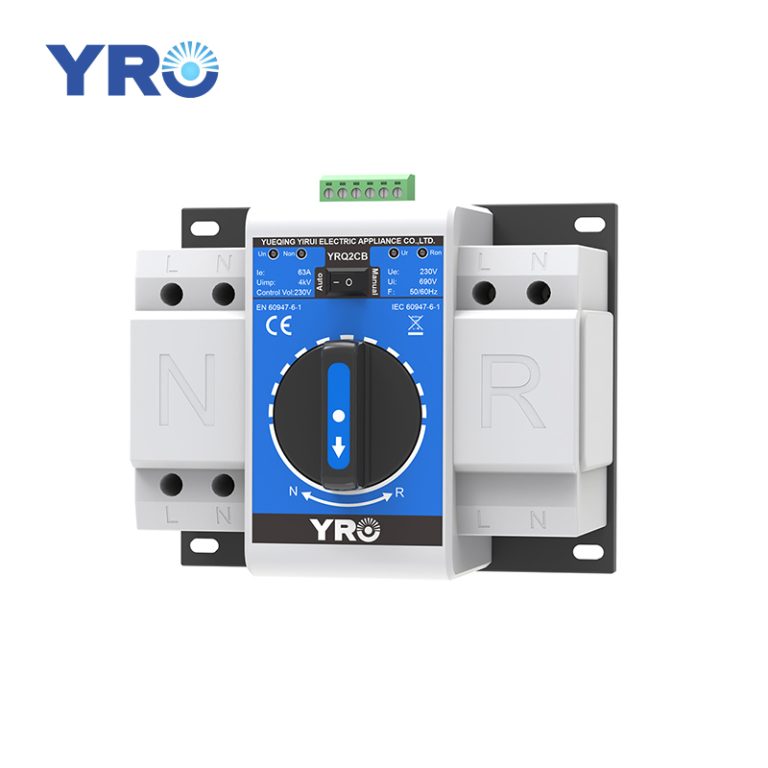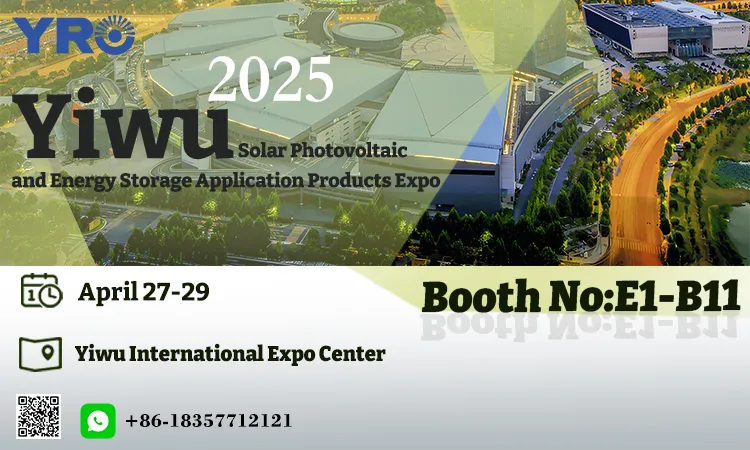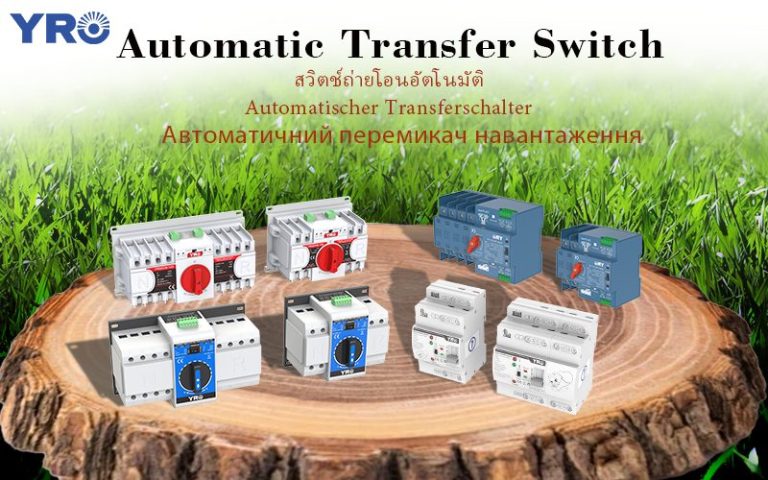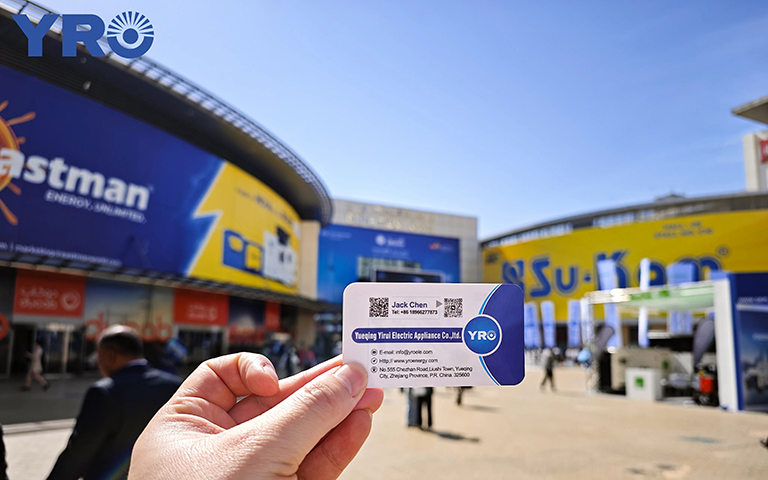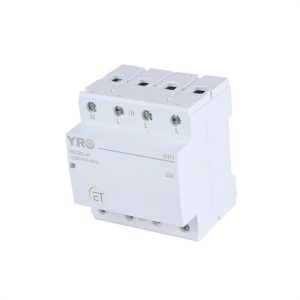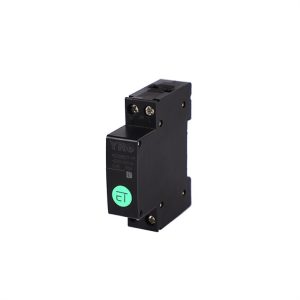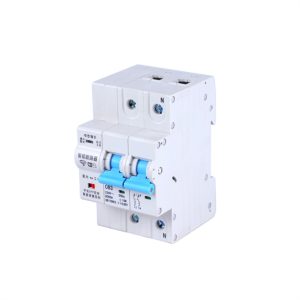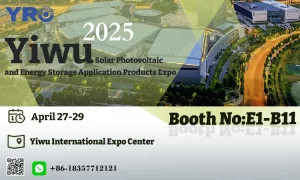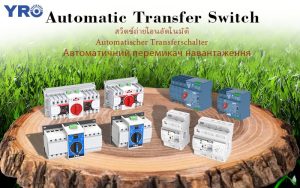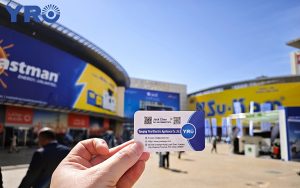In electrical systems, the isolator switch serves as a crucial device for disconnecting circuits, playing a vital role in ensuring the safety of both systems and personnel. Whether in industrial facilities or daily applications, the isolator switch offers reliable support for maintenance and emergency shutdowns. It not only allows for partial circuit disconnection to facilitate safe repairs but also provides essential protection for the operation and upkeep of various electrical installations.
What Is an Isolator Switch?
The isolator switch, also known as a knife switch, is a device used in electrical circuits to isolate power. Its primary function is to ensure a clear disconnection point between the isolated section and the live parts of the circuit when the circuit is opened, thereby safeguarding both personal safety and equipment integrity.

What Is a Double Pole Isolating Switch?
The double pole isolator switch, also known as a double pole cut off switch, is a commonly used electrical isolation device. Its primary function is to isolate circuits and prevent accidental electrocution, thereby ensuring personnel safety. The double pole isolator switch can simultaneously control the positive and negative poles (or two phase lines), ensuring that the power supply’s two poles are completely isolated when switched off, enhancing the system’s safety and reliability.
1、Working Principle and Structure of the double pole Isolator Switch
– Working Principle: The double pole isolator switch controls circuit switching by adjusting the position of the moving contact. When the moving contact touches the fixed contacts, the circuit is closed; when the moving contact separates from the fixed contacts, the circuit is opened.
– Structure: Typically, a double pole isolator switch consists of two fixed contacts, one moving contact, a mechanism, and an outer casing. Although its structure is relatively complex, it offers high safety and stability.
2、Differences Between double pole and Unipolar Isolator Switches
– Control Range: The double pole isolator switch can simultaneously control both the positive and negative poles (or two phase lines), while the unipolar isolator switch can only control one pole in the circuit.
– Application Scenarios: Due to its higher safety and stability, the double pole isolator switch is typically used for switching control in medium and high voltage circuits; in contrast, the unipolar isolator switch is more commonly used in low voltage circuits and signal circuits.
– Structural Complexity: The double pole isolator switch has a relatively complex structure requiring two contactors, mechanisms, and isolation blades, whereas the unipolar isolator switch has a simpler structure needing only one contactor, mechanism, and isolation blade to achieve isolation control.
3、Application Scenarios
The double pole isolator switch is widely used in various industrial and civil electrical equipment, such as motors, generators, and transformers. It is also commonly employed when maintenance, inspection, or replacement of circuits is necessary to ensure safety. It is important to note that the double pole isolator switch is primarily utilized for switching control in medium and high voltage circuits.
What Is the Difference Between a Breaker and an Isolator?
The differences between an isolator switch and a circuit breaker are mainly reflected in the following aspects:
1、Functionality: Circuit breakers are designed to automatically cut off the circuit in the event of faults such as overcurrent or short circuits. This automatic response helps prevent potential hazards and equipment damage. In contrast, isolator switches are manually operated and cannot disconnect live currents; their primary function is to ensure that parts of the system are isolated during maintenance.
2、Internal Structure: A circuit breaker consists of a contact system, arc extinguishing system, operating mechanism, tripping device (such as electromagnetic or thermal magnetic trip devices), and an insulated casing. The internal structure of an isolator switch is relatively simple, mainly composed of contacts, a base, insulators, and connecting rods.
3、Application Scenarios: Circuit breakers are typically used for circuit protection and are a crucial component of safety systems in residential and commercial electrical networks. Conversely, isolator switches are not protective devices; instead, they are auxiliary devices that ensure circuits can be completely disconnected safely during maintenance.
4、Safety: Circuit breakers can immediately respond to faults and disconnect power when necessary, while isolator switches provide a safe power off state during maintenance, preventing accidental reenergization during operations.
5、Operating Method: Circuit breakers can be used in automated systems with minimal human intervention, whereas isolator switches require manual operation, typically at the beginning or end of maintenance periods.
The introduction of isolator switches has brought efficient and safe circuit isolation to electrical systems, particularly important in situations requiring frequent maintenance or inspection. By achieving circuit isolation through manual control, isolator switches provide a simple and reliable method, allowing power maintenance personnel to work in a clearly isolated state and reducing the risk of accidental energization. With the continuous enhancement of electrical safety standards, the application range and importance of isolator switches are steadily increasing, making them an indispensable safety component in modern electrical systems.

